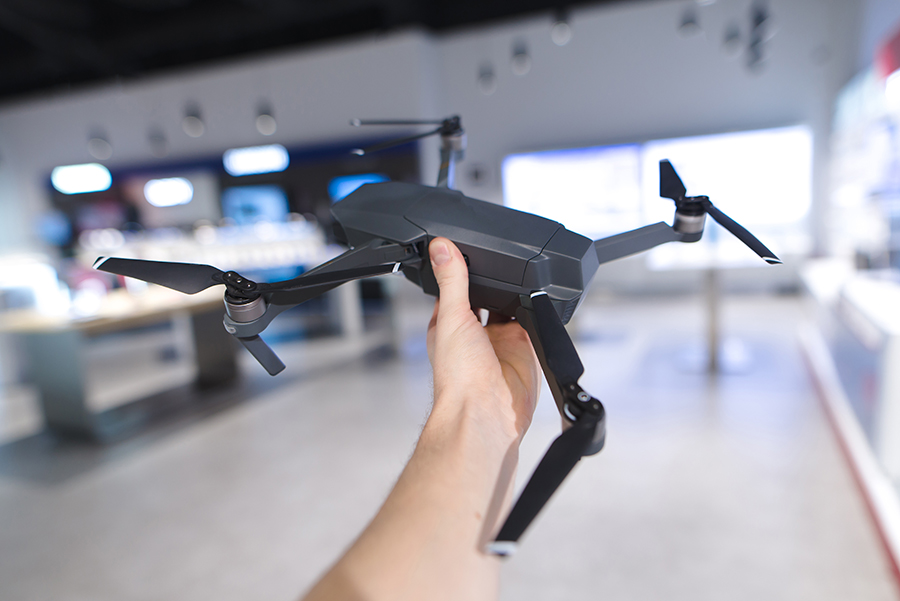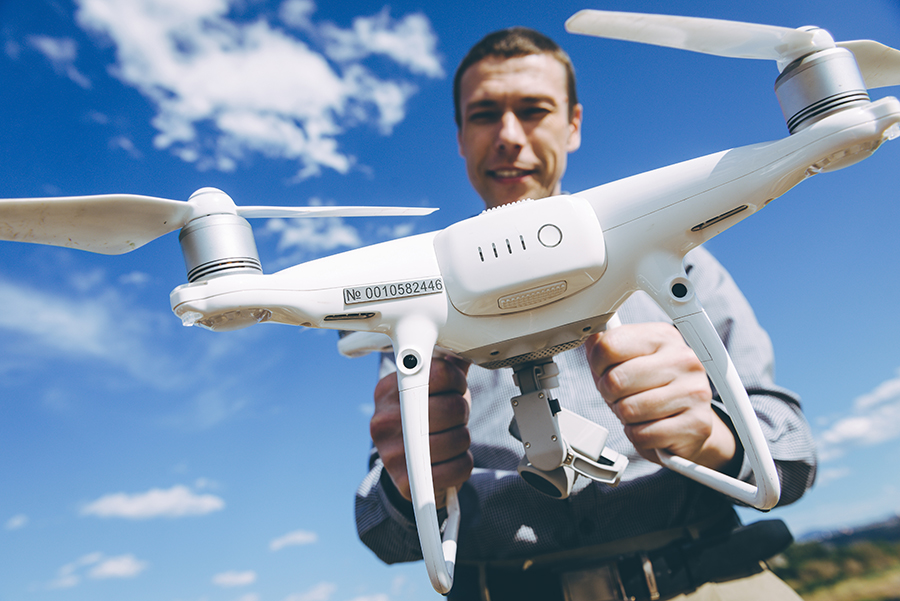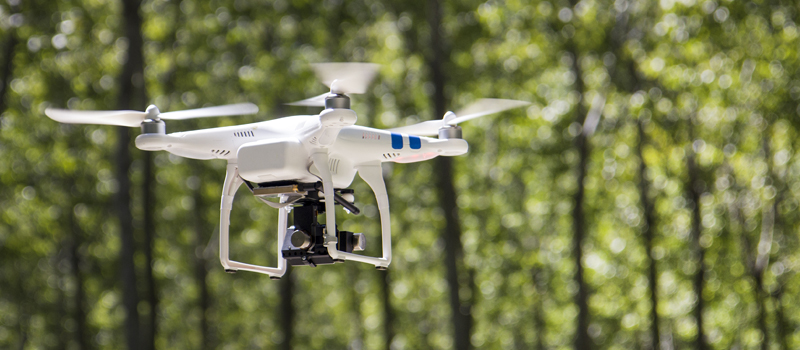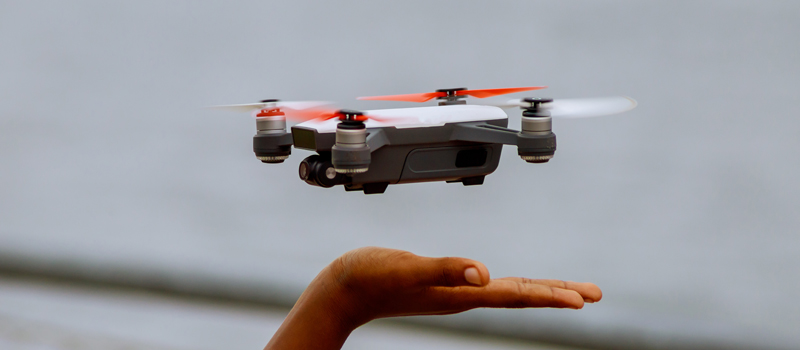As more companies start to integrate drones into their day-to-day operations, they also have to be well-versed in laws that regulate the commercial use of drones. One important requirement is that these drones need to be registered with the FAA for accountability and traceability.
In most cases, a drone is registered under the name of the drone pilot or owner. However, this may not always be the best way to go about the drone registration process. If the drone is owned by a company, it somewhat makes sense that it gets registered under the company name and not just one person. Does the FAA have a provision for this? What is the process?
Why Register a Drone with a Company?
For most people, registering a drone under their name is a much simpler option. The whole process barely takes 15 minutes and can be done completely online. Normally, this quick and hassle-free option does not have any drawbacks.
There could be a potential problem with this approach if the drone is owned by a company or corporation instead of a person. For instance, a company may purchase a high-end drone for construction surveys or 3D modeling. They would then need to hire a person to act as the remote pilot-in-command (RPIC) for the drone.
In this case, registering the drone under the company makes sense because employees are fleeting. Even if the RPIC leaves, the drone will still retain registration under the company and can be operated by another person employed by the same company. This would eliminate the extra work needed in re-registering the drone if needs to be used by another person under the same company.
It’s also more responsible for the corporation to register the drone at the corporate level. Bypassing this requirement by having the drone registered to a person defeats the objective of the FAA to enforce accountability for drone operations. This makes the corporation or company more involved in the conduct of safe and legal drone operations.
The good news is that registering the drone under a company will also only cost $5 – the same price as registering a drone under a person. However, the process will take longer and will require a lot more paperwork.
The Procedure for Drone Registration to a Company
Registering a drone for a company is very similar to registering as an individual. There are a few very obscure scenarios (see next paragraph) when you need to fill out more paperwork, but in most cases, you can simply add a company name to the FAA DroneZone account to register your drone under a company name.

Other conditions that require a different registration
In the event your drone weighs 55 pounds or more, or the unmanned aircraft is owned by a trustee under a trust agreement, or if the unmanned aircraft owner uses a voting trust to meet U.S. citizenship requirements, then the FAA allows a Limited Liability Corporation (LLC) to act as the applicant for drone registration 14 CFR Part 47. To qualify for this, a corporation must be considered an LLC based on the LLC Information Sheet provided by the FAA. Other helpful information is summarized in the “Information to Aid in the Registration of US Civil Aircraft” by the Department of Transportation.
The application for drone registration in this case is a lot more complex than simply signing up at the FAADroneZone website. Here is a list of the forms and requirements that will be needed:
- Information regarding the LLC, how its management authority is held, and how the LLC fits the definition of a “US citizen.” The “Information to Aid in the Registration of US Civil Aircraft” document provides information on how names, signatures, addresses, and titles should be stated when filing a registration as an LCC.
- A completed Aircraft Registration Application. This application can be completed either electronically or through any FAA Aircraft Registration Branch or Flight Standards District Office. The e-form can be accessed through this link. In this application, an LLC will need to be identified as a corporation and have signatories from the corporate or managerial levels.
- A Notarized Affidavit that establishes the following facts:
- The full legal name of the manufacturer of the drone
- The model and serial number of the drone
- Details such as drone type, weight, and maximum take-off limit
- Ownership of the drone by way of a bill of sale, sales receipt or invoice, or transfer of ownership document
- That the drone has not been registered in any other country. This can be done either by the vendor attesting that the drone is brand new or by a signed statement that “the aircraft is not registered under the laws of any foreign country.”
- If the drone had been registered in another country in the past, then a statement from the foreign Civil Aviation Authority will be needed to attest that the registration in that country has ended
- If the drone had been used in another country, the foreign Civil Aviation Authority must still attest that it has not been registered in that country
- A unique registration number will be assigned to the drone.
- The $5 registration fee is paid by check or money order to the FAA. This fee can be waived in the case of organizations or institutions that are connected to the federal, state, or local government.
Although some steps of the registration can be done electronically, the documents still need to be sent by mail to the office of the FAA’s Aircraft Registration Branch. The mailing address and contact details of this office can be found in this link.
Under normal circumstances, drone registration of an LLC will take about 2 to 3 weeks. Given the current state of the pandemic (as of this writing), you can expect a substantially longer lead time.
Final Thoughts
The process for registering a drone under a company may seem very complicated, but all the extra effort should be worth it. This means that your organization won’t be having problems should an RPIC leave the company or change roles within the organization. It also makes the organization as a whole accountable for drone operations, instead of the burden being carried by a single person.
Not many drone pilots need to be concerned about this procedure, especially those who run their businesses themselves. However, it’s still good to know if your business evolves into a bigger organization after a couple of years.



